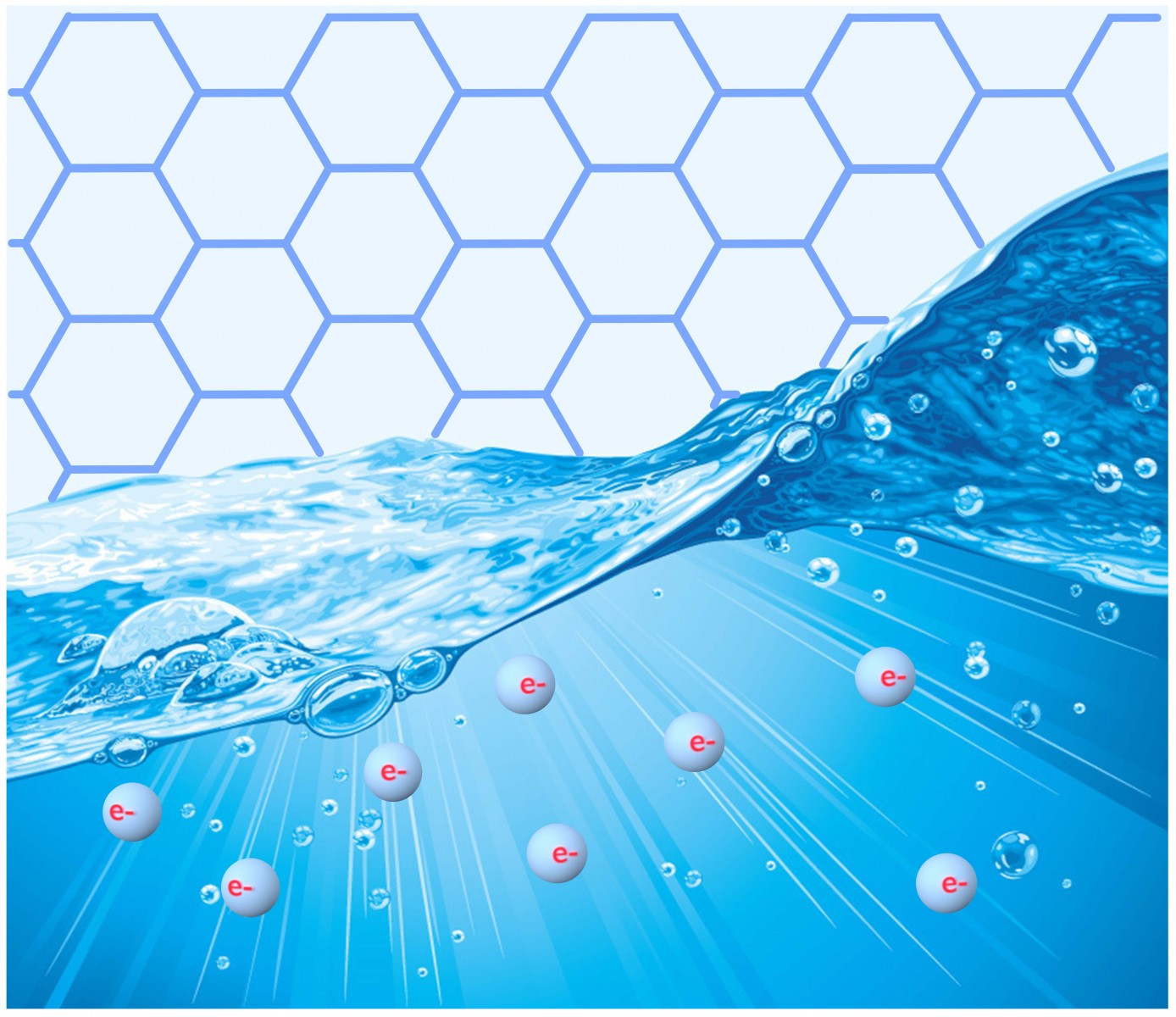Viscous flow of electrons in graphene

Electrons in a solid conductor are often described as a liquid, flowing and interacting with the electric field generated by the surrouding ions of the crystalline lattice, or with an external one. In an applied magnetic field, electrons also experience a transverse potential, which is known since 1879 as the Hall effect. Quantum manifestations of the latter, both integer and fractional, justified several Nobel prizes to their discoverers. It has now been demonstrated experimentally that such an electron system, in some materials, behaves like a liquid, but with high viscosity. This is ultimately due to the mutual Coulomb interaction between electrons. One such material is graphene, namely an atomically thin layer of carbon atoms, sharing basically the same structure of the graphite whereof our pencils are made, but exactly in two dimensions. Besides ordinary viscosity, which is typical of ordinary liquids and which would imply dissipative effects, electrons in graphene are also characterized by transverse viscosity. This gives rise to a correction to ordinary Hall effect, and had been predicted theoretically a few decades ago within magnetohydrodynamics, but never experimentally observed to date. This finding is published today on Science and is co-authored, among the others, by André Geim (Nobel prize 2010 for the discovery of graphene) and by F. M. D. Pellegrino, a young researcher at #DFA, who took care of the theoretical aspects of the present result.
Publication date: 02/28/2019